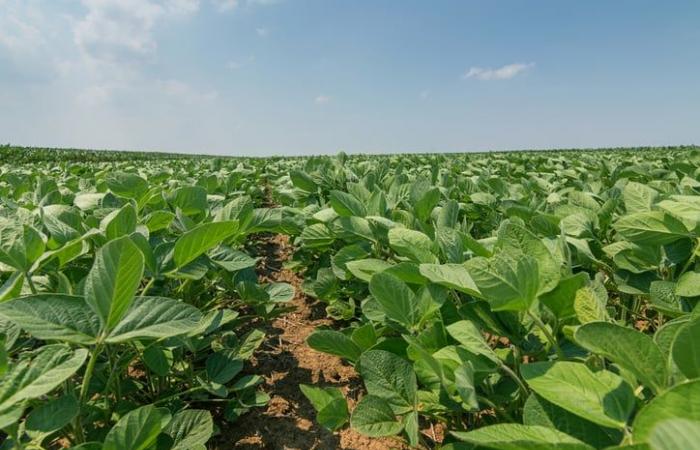For a second year in a row, Quebec agricultural producers have set their sights on soybeans. Planted areas would amount to 1.069 million acres compared to 1.001 million acres in 2023, an increase of 6.8%. This is a second consecutive peak for the crop which also exceeds one million acres for a second time. The decision is certainly not unrelated to prices on international markets where soybeans are holding steady while corn has declined significantly.
Read also
Resistance genes
One of the best ways to reduce the impact of crop diseases is to sow resistant cultivars. Resistance genes, however, have the drawback of their quality. Overview.
Grain corn areas are also in decline, being the smallest since 1998 with only 869,000 acres sown compared to 898,300 acres last year, representing a drop of 4.6%. The downward trend that began around ten years ago is being confirmed again.
Small cereals offer a similar picture with wheat holding steady while barley and oats showing a decline in their areas. They are reaching a new low, a phenomenon which will continue to be confirmed in 2024. Barley areas have been declining since 2004 in Quebec and since 2010 for oats. Their respective areas this year are 66,300 acres and 138,900 acres.
In more detail, for fall and spring wheat varieties, we observe areas of 220,900 acres compared to 234,800 last year. Winter wheat confirms its gains in popularity with a new peak at 66,200 acres compared to 62,600 in 2023. Spring wheat areas decline to 145,900 acres compared to 162,300, a decision which cannot be – be no stranger to the low yield obtained last year due to terrible conditions at harvest time. The cereal also saw a significant drop in price on the markets.
Less wheat in Canada
Nationally, wheat acres would be down 1.1% in 2024 to 26.6 million acres. Even though this is a decline compared to the previous year, “the wheat area remained well above the five-year average of 25 million acres, possibly due to favorable prices,” says Statistics Canada. . Barley fell 12.8% to 6.4 million acres over one year and oats followed the opposite path with an increase of almost 15% to 2.9 million acres.
Canola acres would total 22 million acres in 2024, down 0.3% from the previous year. Lentils are up almost 15% to 4.2 million acres.
Analysts had predicted the following acreage: 21.5 million acres of canola, 26.9 million acres of wheat (all combined), 3.1 million acres of oats, 6.9 million acres of acres of barley, and 3.3 million acres of lentils.
Nationwide, soybean acreage increased 2% to 5.7 million acres in 2024. This is above the five-year average and the largest acreage since 2018. The gain is more than 7% in Ontario.
As for grain corn, national acreage fell 4.8% from the previous year to 3.6 million acres, a trend also reflected in Ontario which produces nearly 60% of production. Canadian total.






